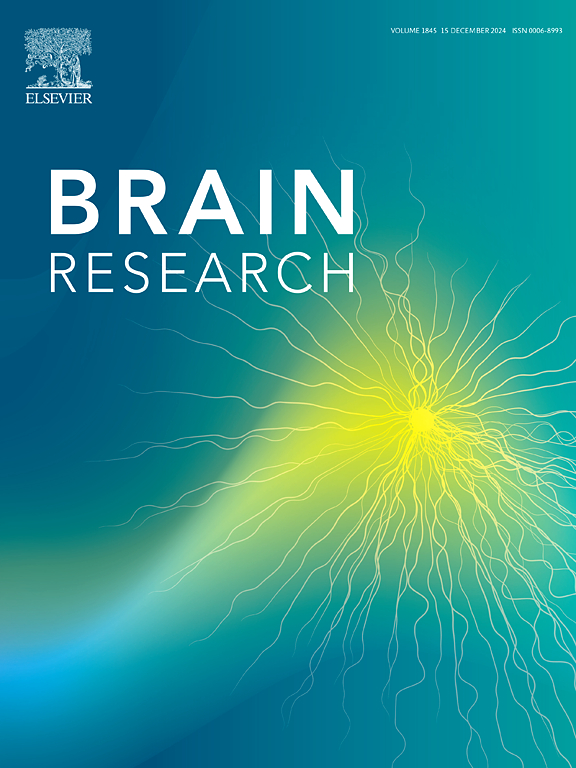卒中保护和恢复中的循环因素。
IF 2.7
4区 医学
Q3 NEUROSCIENCES
引用次数: 0
摘要
过去十年间,急性缺血性脑卒中的治疗模式发生了转变,尤其是血管内治疗的时间窗口更长,适应症更广。然而,尽管目前有最好的医疗手段,许多患者仍会出现长期功能障碍。根据创新蛋白质组和转录组技术的研究结果,研究人员发现了一系列新的或以前未被重视的循环因素,这些因素在介导损伤后的大脑交流方面发挥着关键作用。因此,以往认为大脑是与身体其他部分隔离的特权区的概念已被脑部疾病后大脑与其他器官双向互动的新共识所取代。在这篇综述中,我们总结了脑卒中后大脑与身体其他器官联系的几条轴线。更重要的是,我们总结了在促进脑卒中后慢性阶段功能恢复中起关键作用的几个循环因素。我们特别关注了循环信号的作用,认为它们是大脑功能恢复复杂过程的重要促进因素,也是未来研究中缺血性中风的转化治疗目标。本文章由计算机程序翻译,如有差异,请以英文原文为准。
Circulatory factors in stroke protection and recovery
Over the past decade, the management of acute ischemic stroke has undergone a paradigm shift, especially a longer time-window and a wider indication for endovascular treatments. However, many patients still have long-term dysfunction despite the best medical care at present. Based on findings from innovative proteomic and transcriptomic technologies, researchers have identified an array of novel or previously underappreciated circulatory factors that play pivotal roles in mediating post-injuries brain communication. Thus, the previous concept of the brain as a privileged compartment isolated from the rest of the body has been replaced by the novel consensus that brain bidirectionally interacts with the other organs after brain diseases. In this review, we make a summary of several axes that connect the brain with the rest of the body after stroke. More importantly, we summarize several circulatory factors that play pivotal roles in fostering post-stroke functional recovery in the chronic stage. Special attention is given to the instrumental role of circulatory signals, positing them as significant contributors to the complex process of brain function recovery and as translational therapeutic targets for ischemic stroke in future studies.
求助全文
通过发布文献求助,成功后即可免费获取论文全文。
去求助
来源期刊

Brain Research
医学-神经科学
CiteScore
5.90
自引率
3.40%
发文量
268
审稿时长
47 days
期刊介绍:
An international multidisciplinary journal devoted to fundamental research in the brain sciences.
Brain Research publishes papers reporting interdisciplinary investigations of nervous system structure and function that are of general interest to the international community of neuroscientists. As is evident from the journals name, its scope is broad, ranging from cellular and molecular studies through systems neuroscience, cognition and disease. Invited reviews are also published; suggestions for and inquiries about potential reviews are welcomed.
With the appearance of the final issue of the 2011 subscription, Vol. 67/1-2 (24 June 2011), Brain Research Reviews has ceased publication as a distinct journal separate from Brain Research. Review articles accepted for Brain Research are now published in that journal.
 求助内容:
求助内容: 应助结果提醒方式:
应助结果提醒方式:


